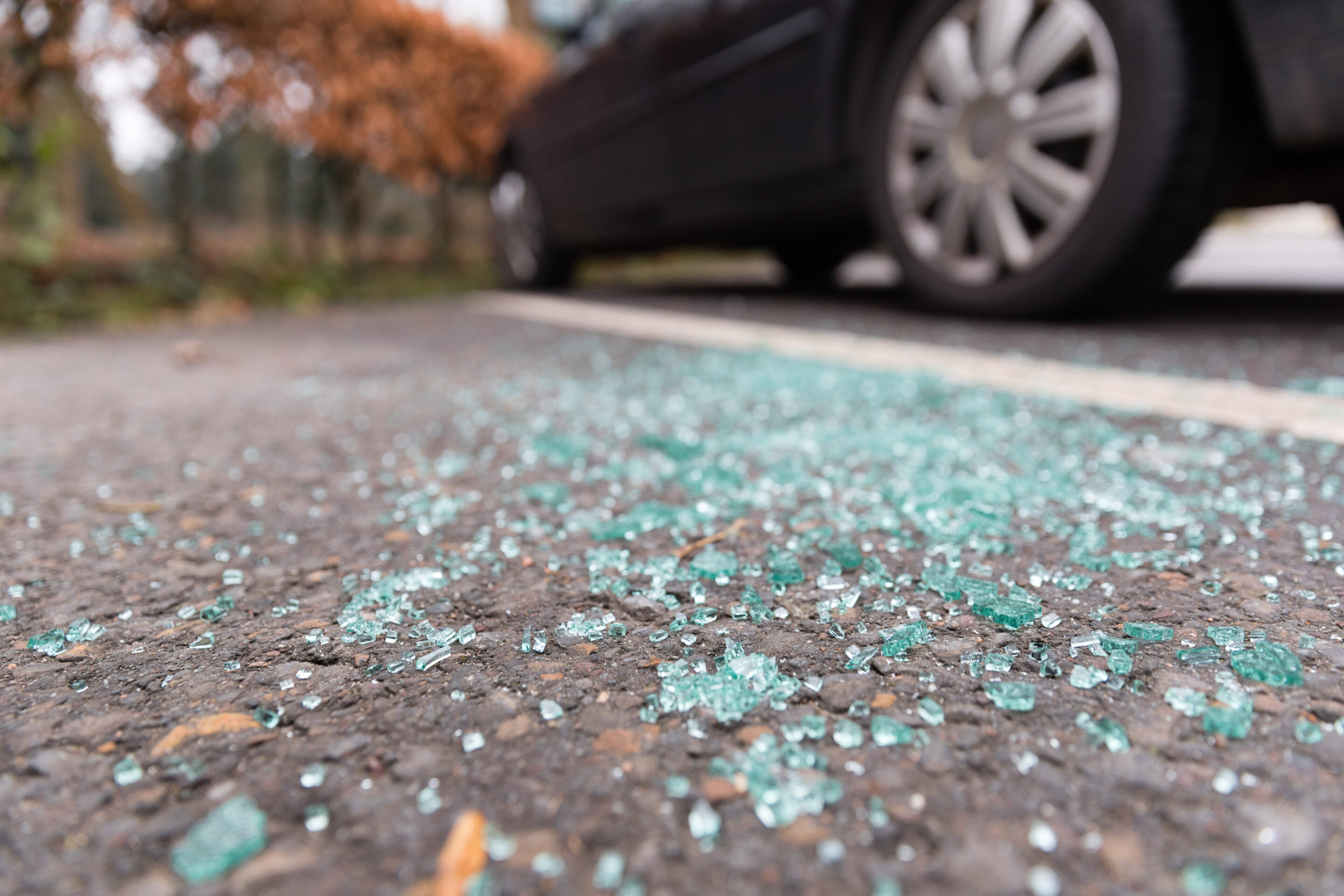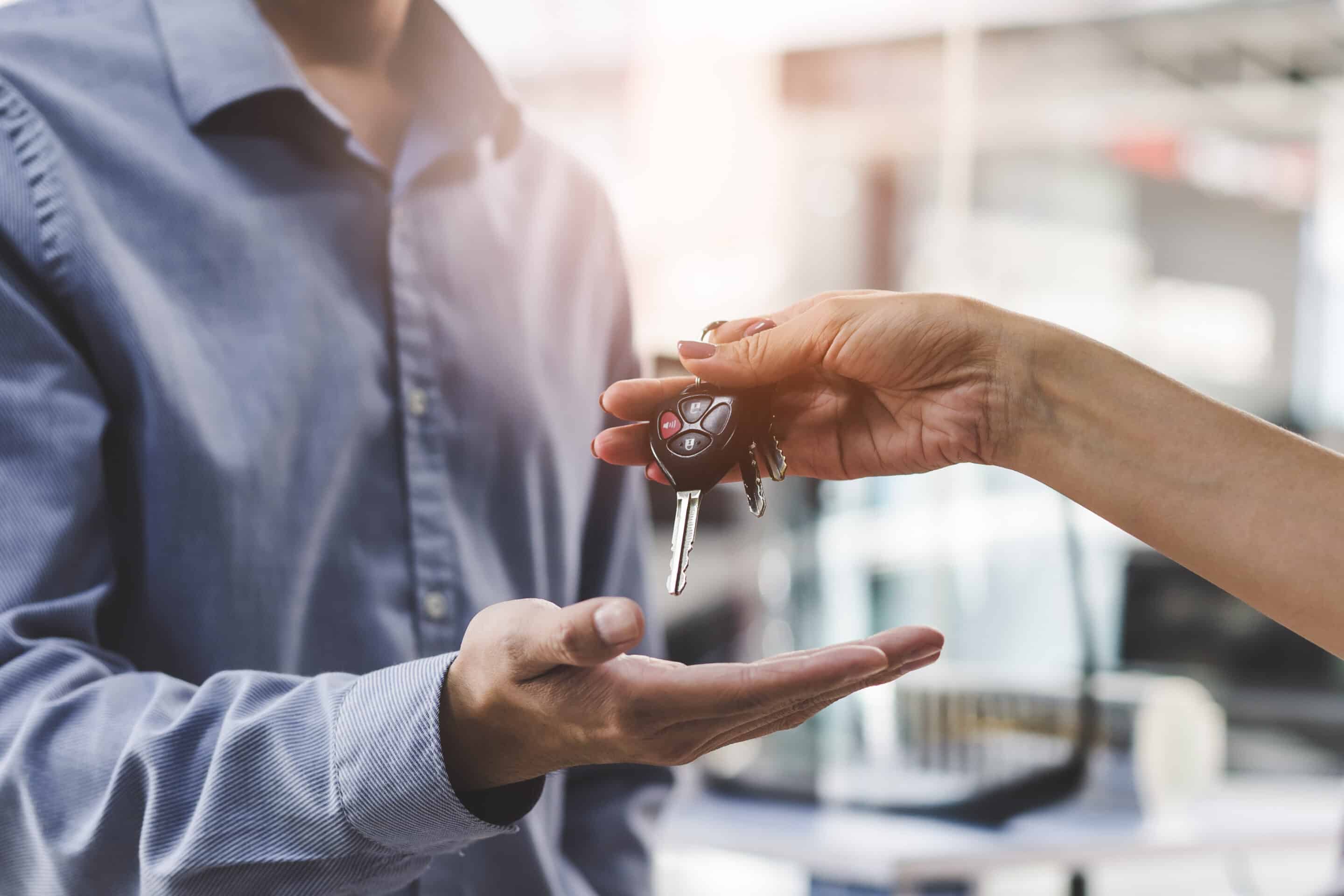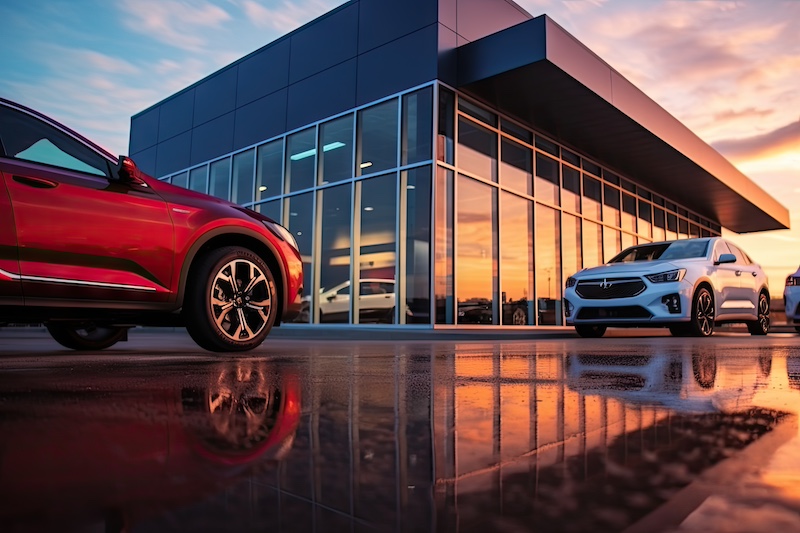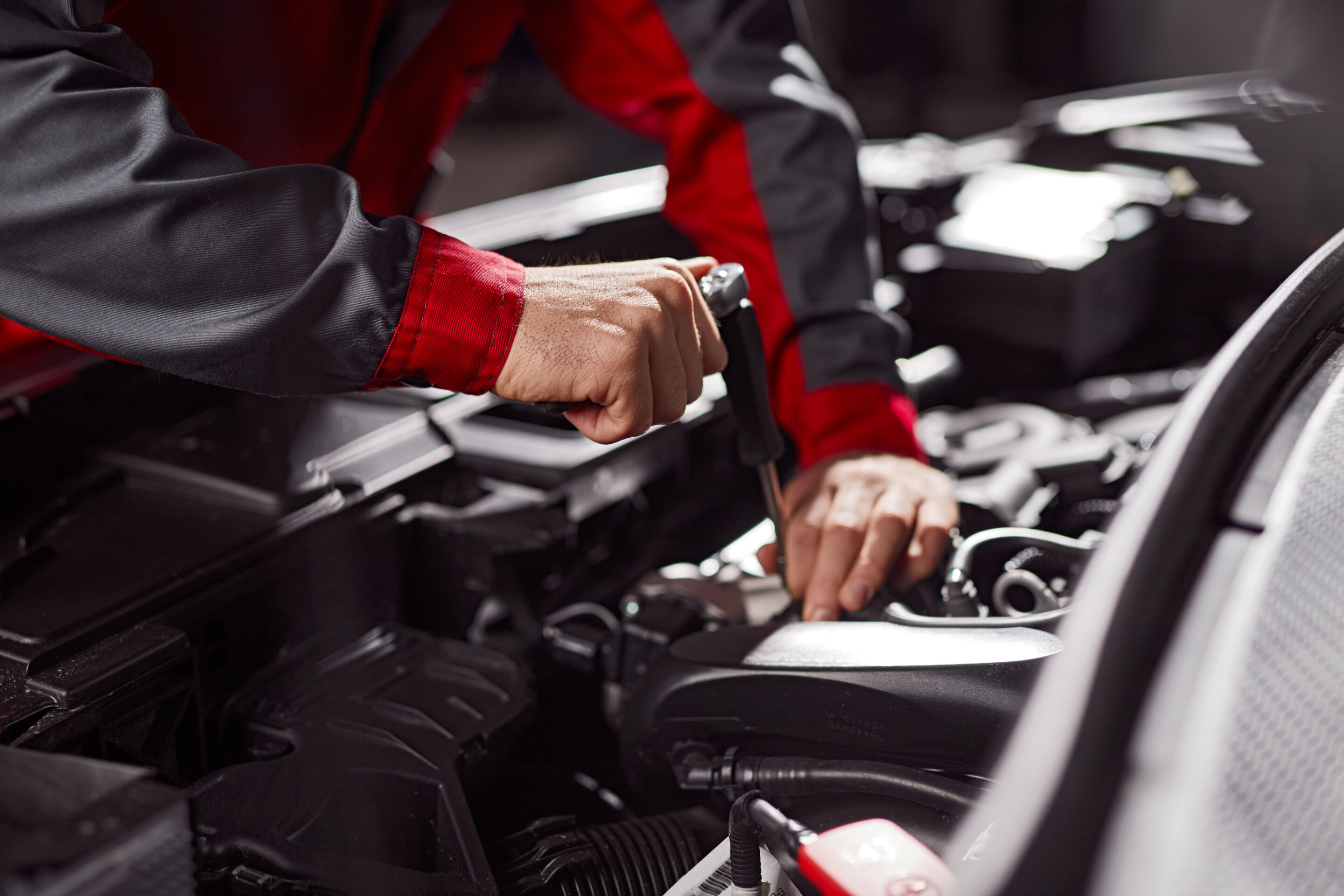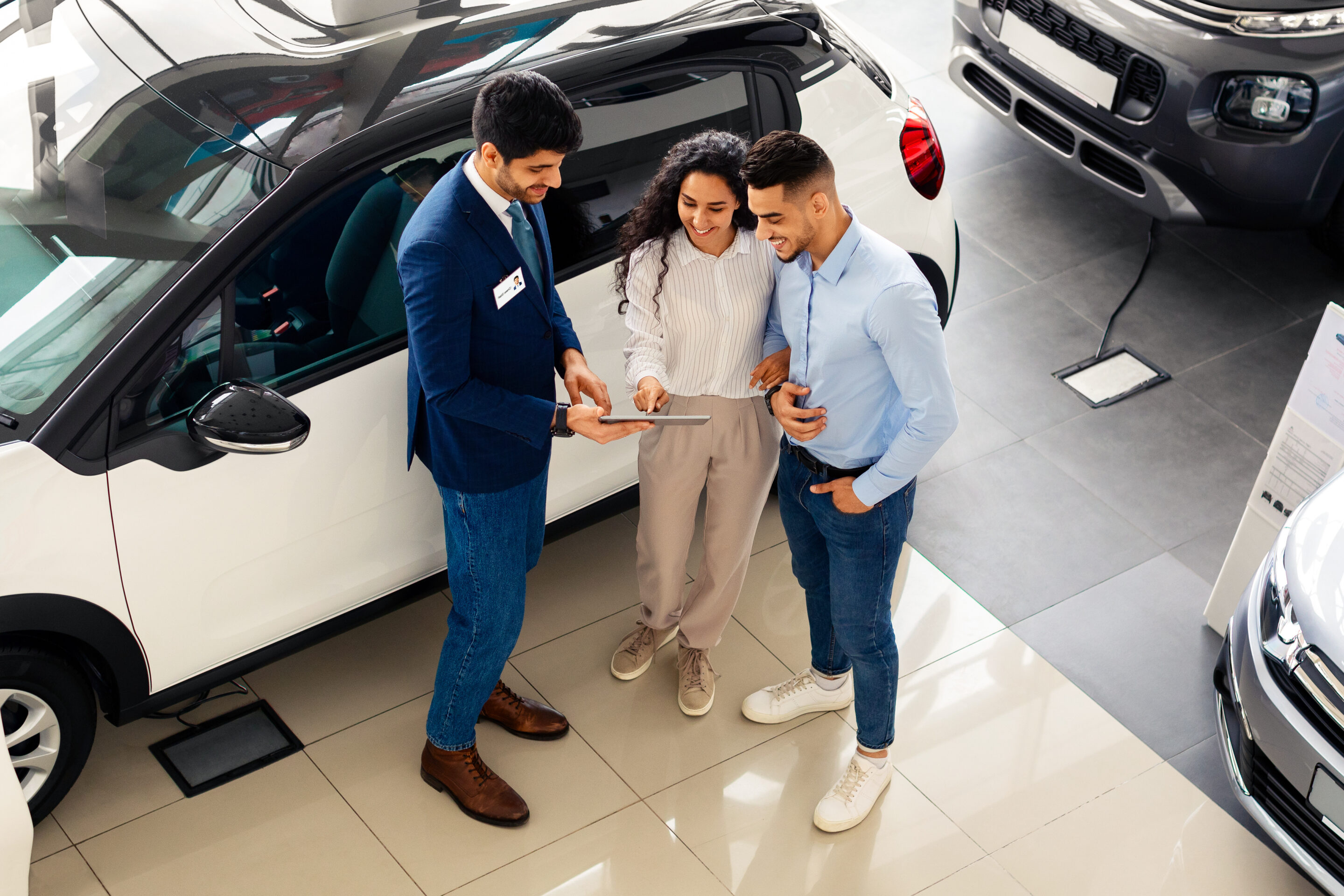Every year I make sure I get to two shows: NADA in February and the Amelia Island Concours d’Elelgance in March. These are entirely different in their objectives, and yet they still play to the same audience; car people just like us. What is surprising is that over the last three years, during one of the most difficult periods of our industry, one show has been steadily declining in attendance while the other grows every year.
NADA 2011
I’ve been going to NADA since the ‘80s and I can’t remember as much doom and gloom as I saw in 2009 and 2010, but that seemed to be a bad memory in 2011. Dealers were shopping for help in all segments of the business, fixing up facilities (not always voluntarily), and generally looking more upbeat than I’ve seen in a few years. Most told me it was due to improved vehicle sales with the resulting cash flow increase. The domestic dealers attributed much of that to product, imagine that! Finally, after sitting on the sidelines watching their sales customers drift off to import competitors and service customers to the aftermarket over the last few years they are ready to fight back. Better late than never I guess.
Traffic at the fixed operations booths was brisk this year with customer retention being the most common topic discussed. Sure, there was lots of interest in “systems” to help keep customers coming back, but we also had serious discussions about training service sales people in interpersonal and soft sales skills. Some are finally realizing that it takes more than selling wallet flushes to make a service department profitable, and that owners want to know more about their particular product, not just a generic approach. They want to do what is right for their vehicle first, and then price comes into the equation. This is where choice becomes the deciding factor rather than presenting an all or nothing option.
Amelia Island Concours d’Elegance 2011
For those who have never attended this event or ones like it at Pebble Beach, Hilton Head, Meadowbrook, etc., you need to go to one to really appreciate how involved people can get in a product. Vehicles are grouped into age and brand brackets, and then displayed for both judges and the general public. This year the featured marques were Duesenberg, Allard, and Kurtis race and passenger cars. Fortunes are invested in these vehicles, some of which are restored to a level they could never have achieved when new. However, many are used much like they were when they were new, driven regularly and appreciated. Some are even raced. This year’s Honorary Chairman was Bobby Rahal, a multi-franchise dealer, successful race driver/owner and winner of many CART races and the Indy 500, as well as an entrepreneur with his own racing series begun in 2010.
What is interesting is that many more of these owners are themselves dealers, yet they don’t see themselves as such in this venue. Here it’s all about the products. They’ll spend hours discussing how they find parts, research and complete repairs and what it takes to campaign them competitively, be that on a race track or a Concours d’Elegance event such as this one. I’m constantly amazed that these dealers on one hand fail to recognize their own customers’ needs when they do see it for themselves.
Customer, product, respect
I’m not about to say that every customer is a product fan because we all know that there are some to whom their vehicles are appliances, a means to get to work or school or the store. But the majority of our customers buy a specific vehicle because it either fits their needs or satisfies their ego, or both.
Selling service to these owners requires some investment in facilities and people. Facilities create the selling and repair environment, but well trained people get the job done, and the common denominator is being able to relate the legitimate needs of the product in such a way that the customer almost always decides favorably. This involves both the technicians who inspect the vehicles and make recommendations for maintenance and repairs, and the sales and administrative staff who interact directly with customers.
Not everyone is a ‘car nut’ who will do without food or water in deference to their car, but most will do what is necessary because they enjoy operating their vehicle, are proud of it and the investment it represents, and see it as an extension of themselves. The old adage of “treat others as you would like to be treated yourself” definitely plays here.

